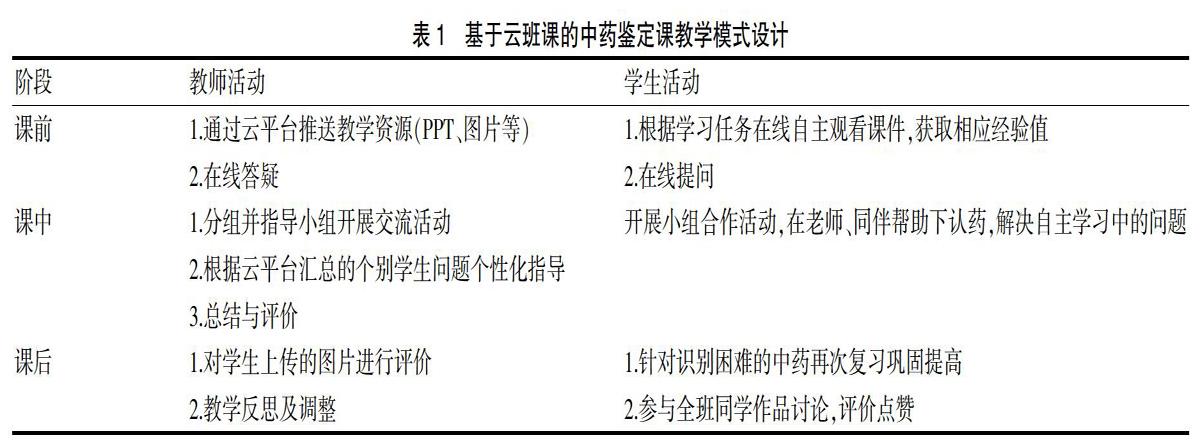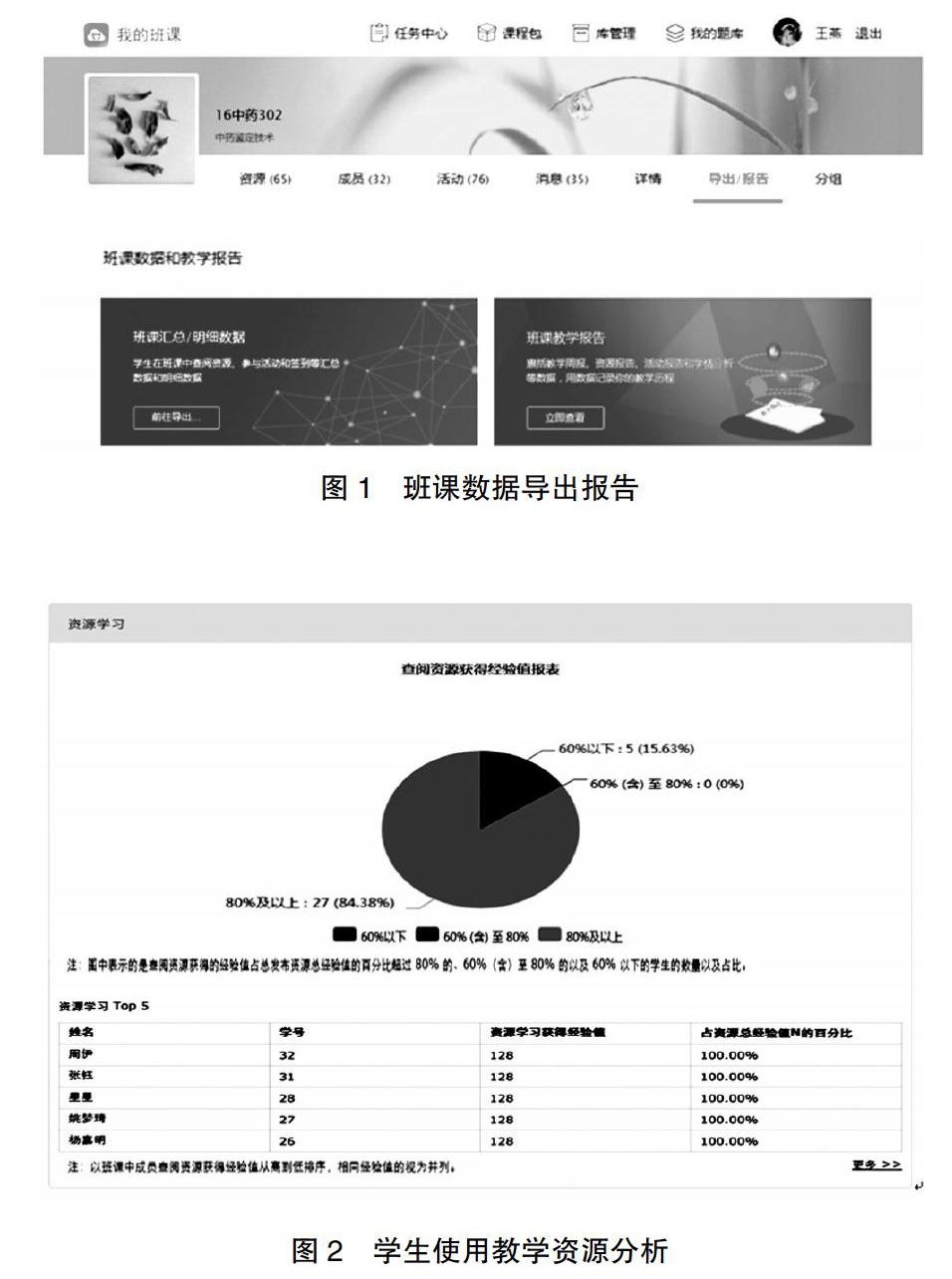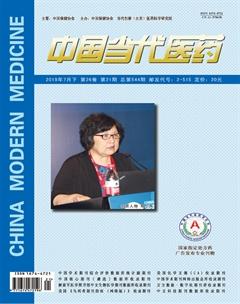头孢菌素类药物与其他药物联用导致不良反应的情况
赵红梅 胡睿婷


[摘要]目的 探讨头孢菌素类药物与其他药物联用导致不良反应的情况。方法 回顾性分析我院2017年1月~2018年12月收治的100例头孢菌素类药物与其他药物联用导致不良反应患者的临床资料,并对头孢菌素类药物与其他药物联用导致不良反应情况、不良反应受累器官及其相关临床表现进行分析,比较与其他药物联用前后的不良反应情况。结果 头孢菌素类药物与其他药物联用导致不良反应情况分析显示,占比率前3位的分别为头孢哌酮钠导致(43.00%)、头孢他啶导致(17.00%)、头孢美唑钠导致(12.00%);不良反应受累及器官及其相关临床表现分析显示,占比率前3位的分别为消化系统症状(51.00%)、皮肤及皮肤附属器官症状(23.00%)、血液系统症状(10.00%);100例患者与其他药物联用前的消化系统不良反应发生率(7.00%)、二重感染发生率(7.00%)、神经系统不良反应发生率(10.00%)、变态反应发生率(8.00%)、肾功能损害发生率(8.00%)、其他不良反应发生率(4.00%)均明显低于与其他药物联用后(22.00%、21.00%、24.00%、23.00%、20.00%、15.00%),差异有统计学意义(P<0.05)。结论 临床在对患者进行头孢菌素类药物治疗期间,应严格掌握患者的适应证与联合用药禁忌证等,并对患者因素进行充分考虑,做好不良反应预防工作,从而有助于提高临床用药安全性。
[关键词]头孢菌素类药物;其他药物;联用;不良反应
[中图分类号] R978.1 [文献标识码] A [文章編号] 1674-4721(2019)7(c)-0184-03
[Abstract] Objective To investigate the adverse reactions situation caused by the combination of cephalosporins and other drugs. Methods A retrospective analysis was made of the clinical data of 100 patients with adverse reactions caused by cephalosporins combined with other drugs in our hospital from January 2017 to December 2018. The adverse reactions caused by the combination of cephalosporins and other drugs, the organs involved in the adverse reactions and their related clinical manifestations were analyzed, and the adverse reactions before and after the combination of cephalosporins and other drugs were compared. Results The analysis of adverse reactions caused by cephalosporins combined with other drugs showed that the top three causes were Cefoperazone Sodium (43.00%), Ceftazidime (17.00%) and Cefmetazole Codium (12.00%). According to the analysis of the involvement of organs and their related clinical manifestations, the top three were digestive system symptoms (51.00%), skin and skin appendages symptoms (23.00%) and blood system symptoms (10.00%). The incidence of digestive system adverse reactions (7.00%), double infection (7.00%), nervous system adverse reactions (10.00%), allergic reactions (8.00%), renal dysfunction (8.00%) and other adverse reactions (4.00%) in 100 patients before combined with other drugs were significantly lower than those after combined with other drugs (22.00%, 21.00%, 24.00%, 23.00%, 20.00%, 15.00%), the differences were statistically significant (P<0.05). Conclusion During the clinical treatment of patients with cephalosporins, the indications and contraindications of combined drugs should be strictly controlled, and the patient factors should be fully considered, and the adverse reaction prevention work should be done well, so as to help improve the safety of clinical medication.

